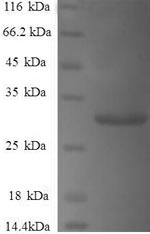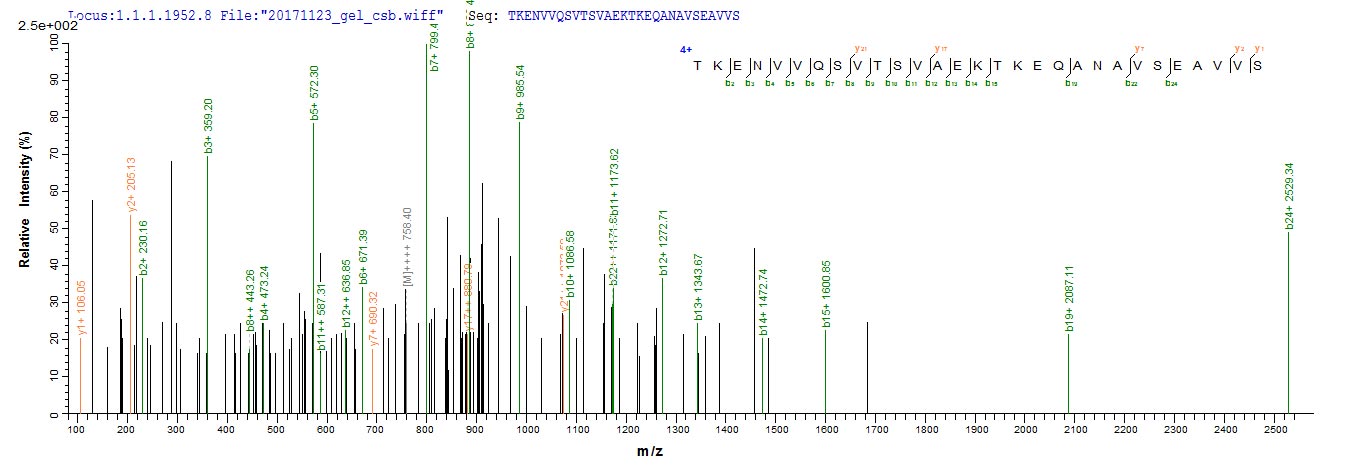To make this Recombinant Human SNCG protein, the SNCG gene was isolated at first and cloned into an expression vector. CUSABIO has built a mature recombinant protein platform. This Recombinant Human SNCG protein was developed in the platform. It was expressed in E.coli at the region of 1-127aa of the Human SNCG protein. N-terminal 6xHis-SUMO tag was fused with the expression vector for affinity and purification purposes. The purity is 90%+ determined by SDS-PAGE.
γ-Synuclein (SNCG) is one member of the synuclein family (α-synuclein, β-synuclein, and SNCG), which was first named breast cancer-specific gene 1 (BCSG1). To date, the overexpression of SNCG has been demonstrated in multiple malignant solid tumors, including breast, ovarian, uterus, liver, and cervical cancers. Besides, SNCG up-regulation is related to tumorigenesis and metastasis. Studies suggest SNCG may be a potential prognostic marker and therapeutic approach to promote cancer progression, but the association of the SNCG overexpression with patient survival is controversial in EOC. Furthermore, one study has reported that SNCG might enhance the migration of ovarian cancer cells by activating small GTPases and ERKs of the RHO family. The results revealed that SNCG up-regulation contributes to the poor clinical outcome of patients with ovarian cancer and highlight the metastasis-promoting function of SNCG via activating the PI3K/Akt signaling pathway in ovarian cancer.








